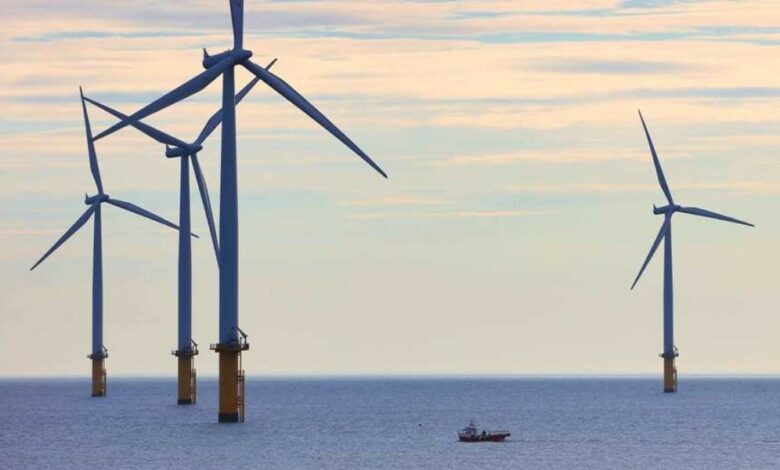Biden action plan to boost offshore wind and grid resilience

The U.S. Departments of the Interior and Energy have released an action plan which aims to expand offshore wind infrastructure in the Atlantic region.
Action Plan for Offshore Wind Transmission Development in the U.S. Atlantic Region, developed by the Bureau of Ocean Energy Management and the Energy Department’s Grid Deployment Office, outlines immediate actions needed to connect the first generation of Atlantic offshore wind projects to the electric grid, and longer-term efforts to support needed transmission over the next several decades.
Partially funded by the Inflation Reduction Act, the largest climate investment in history, the action plan pointed out increased intra-regional coordination, shared transmission lines, and an offshore network of high-voltage direct-current interlinks which can bring this energy onshore more efficiently.
Under the plan, collaborative bodies that span the Atlantic Coast region need to be established before 2025. Some of the building blocks of transmission planning must be clarified by the same year, including updating reliability standards, and identifying where offshore transmission may interconnect with the onshore grid as well as address costs through voluntary cost assignments and tax credits.
States need to plan for an offshore transmission network with the industry, federal agencies and other stakeholders to standardize requirements for HVDC technology from 2025 to 2030. Transmission paths on the outer continental shelf must also be identified during that timeframe.
A national HVDC testing and certification centre to ensure compatibility when interconnecting multiple HVDC substations to form an offshore grid network must be established from 2030 to 2040.
The Energy Department and multiple Atlantic states have already begun work on the first of these recommendations, which is the formation of an Offshore Wind Transmission State Collaborative to develop a shared vision on policy and approach to coordination for offshore transmission development.
These activities will advance equitable and sustainable offshore wind energy development, domestic manufacturing, and grid integration, as part of the Biden administration’s target of deploying 30GW of offshore wind in the United States by 2030, unlocking a pathway to 110GW or more by 2050.
Since Biden took office, companies have announced 19 offshore wind shipbuilding projects as well as investments of nearly $3.5bn across 12 manufacturing facilities and 13 ports to strengthen the American offshore wind supply chain. The administration has approved four commercial-scale, offshore wind energy projects and remains on track to complete reviews of at least 16 offshore wind project plans by 2025, representing more than 27GW of clean energy.

More environmental destruction of our oceans for a power that is proven to be insufficient to generate power demands for populations and yet we continue to double down. Rolling black out, 0 ROI, far more reaching negative environmental impacts to build, put in place, and end of useful life deposal and yet we continue to drink the Kool-Aid.
Once the government grants and funding and taxpayer funds being leveraged to build expire, you’ll have no income source to sustain its viability and business case. All these alt energies are subsidized…till their not.